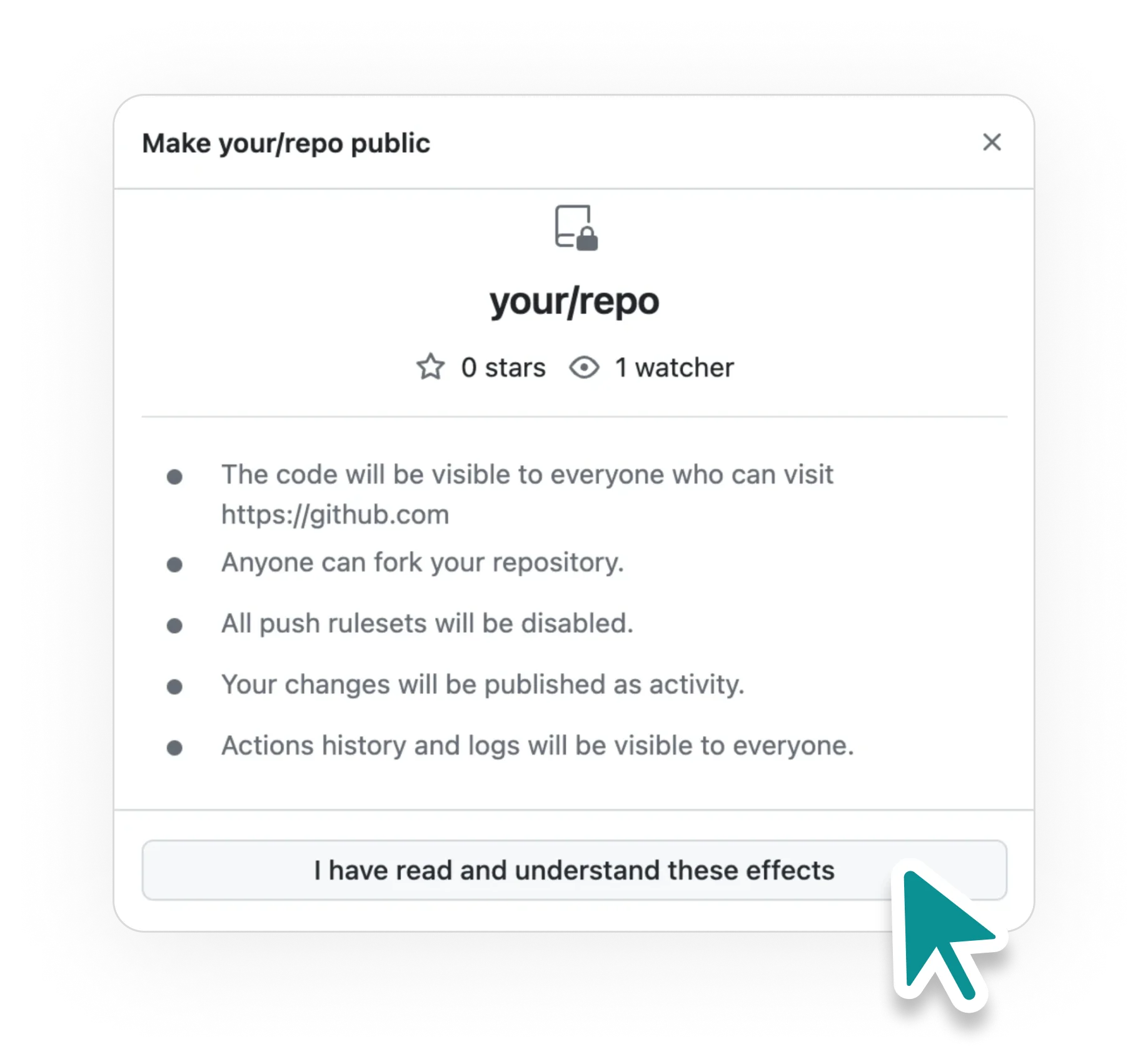What channels will you monitor?
You should be active on channels that developers use, such as GitHub or GitLab, Discord, and X (Twitter).

Sold on the benefits? Here's how to adopt Fair Source at your company.
Don’t overplan but don’t underplan. You’re competing with a lot of others for limited attention, so it’s likely that you won’t see a flood of engagement at first. As your product gets traction so will your community, and vice versa.
You should be active on channels that developers use, such as GitHub or GitLab, Discord, and X (Twitter).
Designate team members to handle responses and set a regular response schedule.
Create a process for triaging and addressing user feedback, the raw material for your product vision.
Our recommended approach is the Functional Source License (FSL)—a robust, clear, non-compete license that offers two-year OSS conversion. FSL is ideal for companies with a SaaS business model. If you have more complex requirements, look into all Fair Source licenses.

Tools such as TruffleHog can help with this.

Use the fair-source repo topic on GitHub or on GitLab. Share your story about joining Fair Source on your company blog. Announce it on social media, and tell us so we can reshare, and link to your announcement. Welcome aboard.